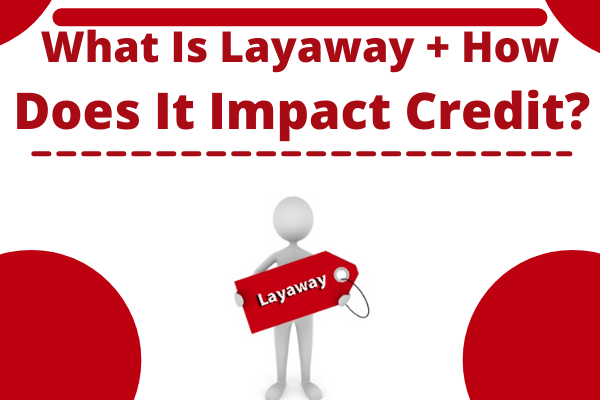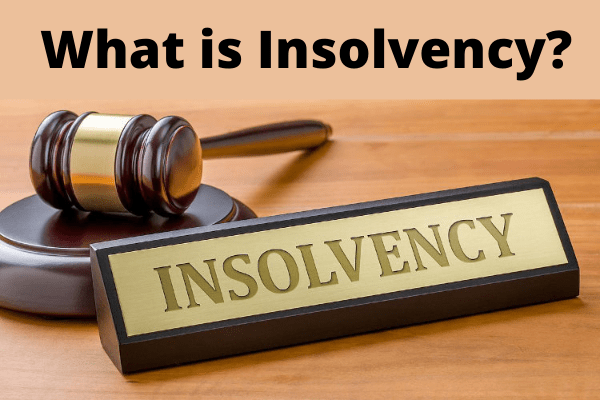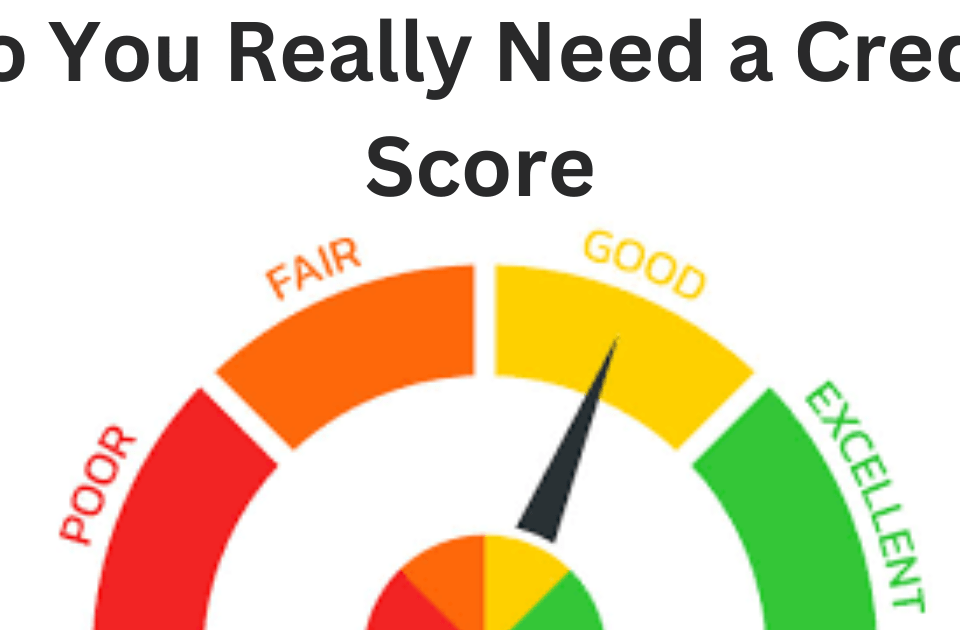What is Insolvency?
What is Credit Card Churning?
March 13, 2021
What Is Layaway + How Does It Impact Credit?
March 13, 2021Insolvency pertains to a situation where an individual or firm fails to meet the financial obligations to the creditors when the due date for the debts comes. Before the start of legal insolvency proceedings, the individual or firm may have an informal arrangement with the creditors like coming up with alternative options for payment.
Insolvent firms can decide to file for bankruptcy protection, the court order overseeing the liquidation of the assets of the company. Insolvency can be considered as a state of financial distress while bankruptcy is a form of legal proceeding.
Two Types of Insolvency
- Balance-sheet insolvency
If an individual or firm lacks enough assets for meeting financial obligations to the creditors, this is known as balance-sheet insolvency. The individual or company has negative net assets. When this is the case, there is a relatively higher chance of filing bankruptcy proceedings.
2. Cash-flow insolvency
It is a form of insolvency that takes place when the individual or firm theoretically got enough assets for paying off the creditors yet not a suitable form of payment. This means that the debtor might have considerable assets with no available cash on hand. This type of insolvency pertains to the absence of liquid assets for fulfilling the debt obligations.
Negotiation is sometimes all it takes to solve this kind of situation. For example, the creditor might be willing to wait for the repayment that can give the debtor some time to sell off less liquid assets and convert them to cash. In exchange for getting more time for paying off the debt, the debtor might agree or offer to pay a penalty to the lender on top of the interest and principal owed.
Different Factors That Can Lead to Insolvency
- Insufficient human resource or accounting personnel.
There are times when insolvency may occur if you hire personnel who don’t have the necessary experience and skills. It may result to improper follow-up and creation of expenses and budgets that can lead to the dilution of the resources of the company together with inadequate revenues.
- Inability to address the changing needs of customers
There are instances when companies fail to keep up with their customers’ changing desires or needs. They end up losing customers who find more variety or better quality of services or products from other businesses. The company ends up losing market share and profits, leading to unpaid bills in case it fails to adapt to the ever changing marketplace.
- Lawsuits from business associates or customers
Businesses that are subjected to several lawsuits with possibly quite high contingent liabilities might end up suffering serious damage to its everyday operations that might make it hard for it to stay as a viable business.
- Increasing costs of production
There are times when a business might incur higher procurement or production costs like significantly reduced profit margins. In turn, this can lead to income loss and the inability of the company to fulfill the obligations to the creditors.
Insolvency is a serious concern that should be addressed properly to prevent further damages to your finances.




